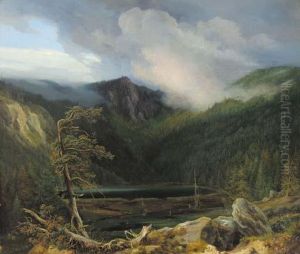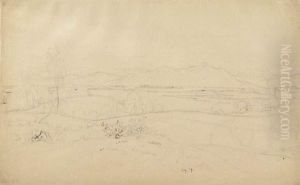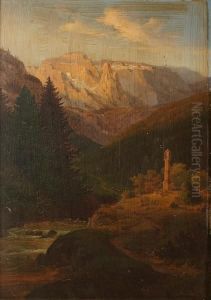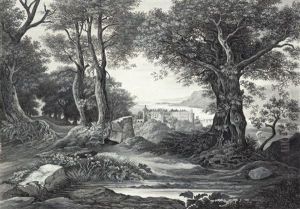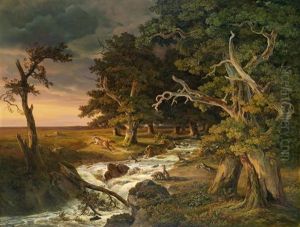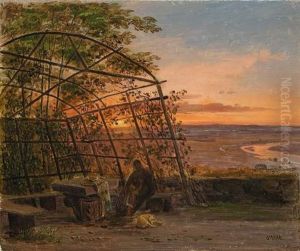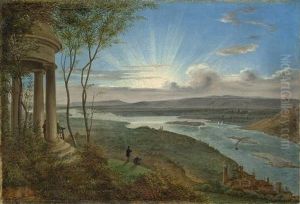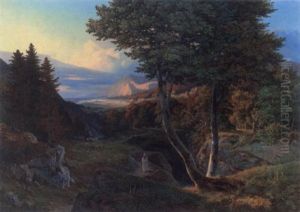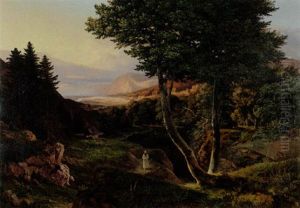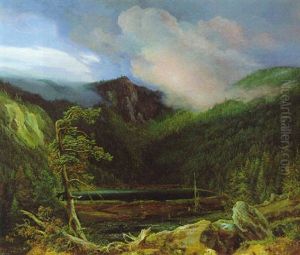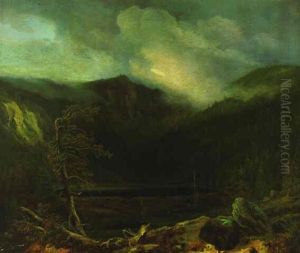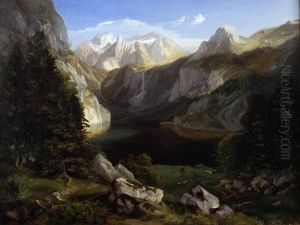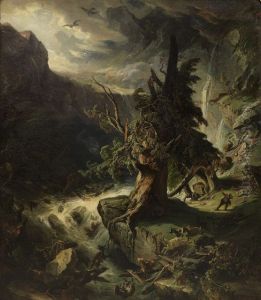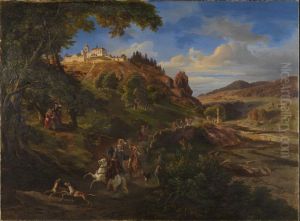Daniel Fohr Paintings
Daniel Fohr was a German painter, primarily known for his landscape works and historical scenes. Born on January 1, 1801, in Heidelberg, Germany, Fohr developed an interest in art at a young age. He initially studied at the University of Heidelberg, where he took courses in philosophy and law, but soon his passion for painting took precedence, and he pursued an artistic career.
Fohr was part of the Romantic movement that swept through German art during the early 19th century. He studied under various artists including Karl Kuntz in Mannheim, which helped him to refine his skills in landscape and historical painting. Fohr became associated with a group of artists known as the Nazarenes, a group that sought to revive the spirituality and sincerity they saw in medieval art. This influence is visible in the subject matter and style of his works, which often featured elements of nature imbued with a sense of the sublime and a focus on historical or religious themes.
In the 1820s, Fohr traveled to Italy, which was a traditional part of an artist's education at the time. The Italian landscape, as well as the art of the Renaissance, had a profound impact on his work. He spent a significant amount of time in Rome, where he joined the circle of the German artists at the Casa Bartholdy and Villa Massimo.
While Fohr's works were well received in his time, and he was a respected member of the artistic community, he did not gain the same level of lasting fame as some of his contemporaries. Nevertheless, his paintings remain appreciated for their craftsmanship, attention to detail, and the romantic sensibility that they embody.
Daniel Fohr's life was unfortunately cut short when he died on July 29, 1862, in Karlsruhe, Germany. Despite his relatively early death, Fohr left behind a body of work that continues to be studied and admired for its contribution to the Romantic era of German art.
